PHOTO |
 China
World
Newsmaker
Slides
Weekly Photos
Share Your Photos
Special China
World
Newsmaker
Slides
Weekly Photos
Share Your Photos
Special
|
|
 |
Large Medium Small |
|
Editor's Note: At the threshold of the new year of 2011, the start of China's 12th Five-Year Plan (2011-2015), a developing China is dealing with some challenges, as it maintains its fast-paced growth. Looking into the future, China Daily interviewed some of the country's top officials to talk about China's achievements and its blueprint of to-dos. |
 |
WANG TAIHUA Common people to score on sports facilities As a rising sports nation, China has achieved great success in the past five years; and the 12th Five-Year Plan (2011-2015) is an important stage for China's development into a real sports powerhouse in the future. To further promote sports, the State Council passed the Regulations on National Fitness in 2009, the first national regulations to stipulate that citizens have the right to participate in national fitness activities. Also, the date of the opening ceremony for the 2008 Beijing Olympics, Aug 8, was named National Fitness Day. |
 |
|
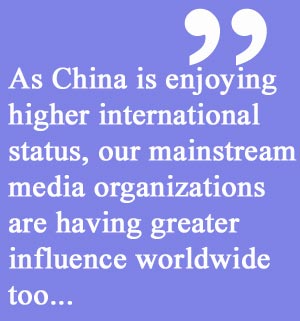 |
LIU BINJIE Investment in media to present true picture of China The country will invest more in mainstream media organizations, especially those targeting overseas readers, in the following 10 years to better present a true picture of China to the world. A range of plans, such as encouraging mainstream media organizations to set up more overseas stations, have received financial support from the central government. |
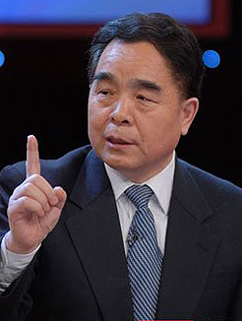 |
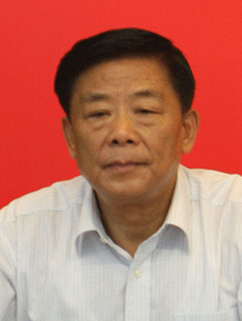 |
WANG TAIHUA Further growth projected for China's flourishing entertainment industry China ranks third in the world for its prolific output of film and television productions. More than 500 films were produced in China in 2010, receiving a world ranking of third place for the size of its output, which is estimated to have earned a record 10 billion yuan ($1.47 billion) in box office takings. |
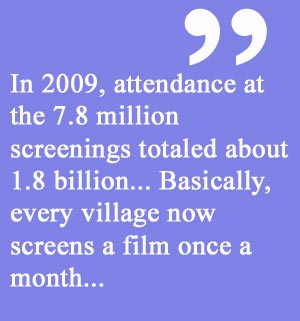 |
|
 |
CHEN LEI Disasters challenge China's water supplies As extreme weather becomes more frequent in China due to the effects of climate change, the country's weak water projects are facing unexpected challenges. The flooding and drought that affected millions of people this year has exposed many problems. About 130 million people across the country are living in potential flood zones with an area of nearly 1 million square kilometers. |
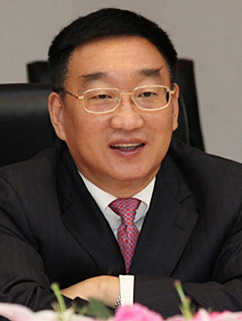 |
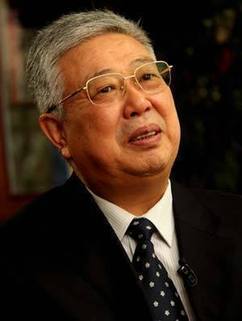 |
LI LIGUO Country 'got old before it got rich' Although there are more than 38,000 nursing institutions caring for 2 million senior citizens around the country, service has fallen far behind the needs of the rapidly aging society. Statistics from the Ministry of Civil Affairs show that more than 167 million people in China are over the age of 60 and one in five old people has physical or mental impairments. |
 |
|
 |
LIU JIAYI Audits boost 'immunity' to economic illness While most countries have on average 10 auditors for every 100,000 people, China has only 6 auditors for every 100,000. In recent years, the NAO, which Liu described as China's "immune system", has stepped up efforts to disclose audit results and maintained 60 percent annual growth in terms of information disclosure. |
 |
 |
LI BIN China to improve family planning policies China will stick to its national family planning policy, but improve its policies in aspects like reproduction, migration and gender equality to achieve a more balanced and sustainable population development. Under the policy over the past three decades, the country has made a historic transition from one featuring a high birth rate and high population growth rate to one with a low birth rate and low rate of population growth. |
 |
|
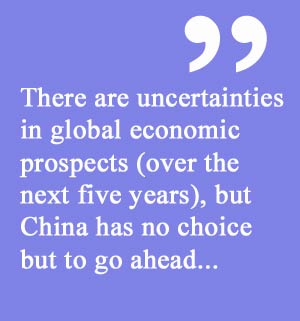 |
CHEN DEMING China targets foreign trade 'balancing' Against a backdrop of a high trade surplus and protectionist measures targeting China strengthening, China is committed to "balancing" foreign trade through "stabilizing" exports and "boosting" imports over the next five years. Customs statistics show China's trade surplus hit $22.9 billion in November, the fifth month it registered above $20 billion this year, although the surplus fell from a peak of $28.7 billion in July and also shrank from October's $27.1 billion. |
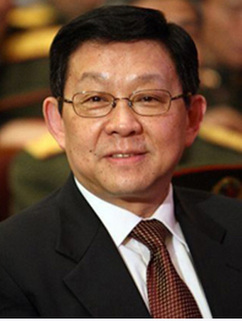 |
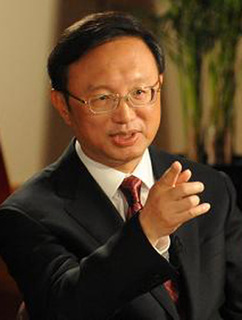 |
YANG JIECHI Sino-US ties not a 'zero-sum' game Yang urged the US to respect - and not try to change - the development road taken by the Chinese, and refrain from imposing its will on China. He said Sino-US ties should be cooperative and win-win, instead of a zerosum game. |
 |
|
 |
LI SHENGLIN China's expressways will stretch for 73,000 km by the end of this year, the second largest in the world after the United States. But despite the network's quick development, the country needs to coordinate the development of various means of transportation to avoid more traffic jams. |
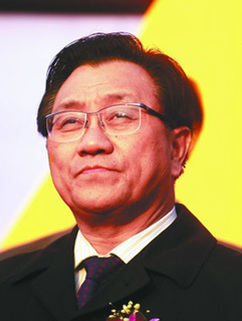 |
|
|
HAN CHANGFU Agriculture risks 'being ignored and weakened' China's agriculture risks "being ignored and weakened" in the next five years. Increasing shortages of farmland and water resources, as well as serious environmental pollution and heated competition in the global market, are expected to pose great challenges. quotes: More high-yield fields resistant to drought and flood will be built in next five years to ensure the country's grain supply... |
 |
|
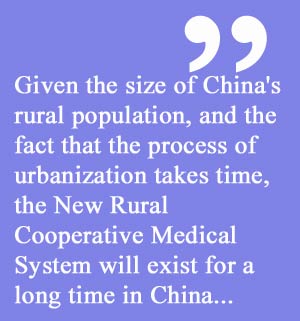 |
ZHANG MAO Healthcare coverage to expand across China China's health insurance program will be reinforced to ensure government pays a larger portion of medical expenses. By 2015, Chinese citizens will be expected to cover less than 30 percent of their medical bills, in line with the world's average. |
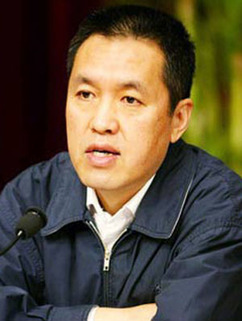 |
|
|
CAI WU A song in his heart for culture By the end of 2009, nearly 85 percent of all counties in China had a public library. Ninety-five percent of all townships now have cultural centers. More than 1,500 museums under the administration of the Ministry of Culture have opened free to the public, and free private museums receive financial support from the ministry. |
 |
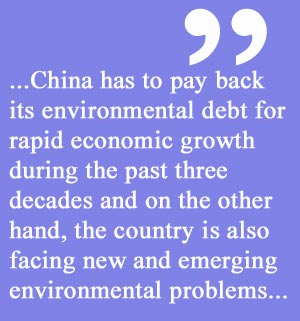 |
ZHOU SHENGXIAN Safeguarding environment a priority Although the country has already beaten its five-year target to slash emissions, especially of sulfur dioxide - a major air pollutant - the quality of the environment has not improved accordingly. China's double-digit economic expansion has been largely achieved at the cost of the environment and a depletion of natural resources. And with an improved standard of living, the public is leaving a larger ecological footprint. |
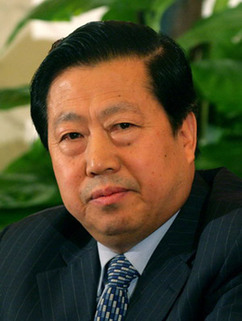 |
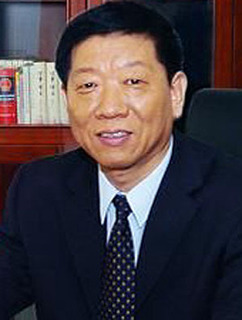 |
YIN WEIMIN Employment to remain a continuing challenge From 2006 to November 2010, some 55 million jobs were created for urban residents and nearly 45 million migrant workers were employed, absorbing a large portion of the surplus labor force in rural areas; there were 27 million college graduates, of whom more than 70 percent found a job before graduation. The global financial crisis and natural disasters have had an impact on China over the past five years, and the world downturn took a heavy toll on employment. |
 |
|
 |
WANG CHEN China prepared to defend administration of Net Nearly 60 percent of Chinese Internet users, Wang said, were attacked by Trojan horse viruses or hackers in the first half of 2010. Official statistics show that the country has about 439 million Internet users, or 39 percent of its population. In general, Wang told China Daily the Internet is "an engine of China's economic development" and welcomed foreign investment in its cyberspace. |
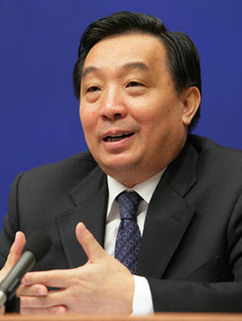 |
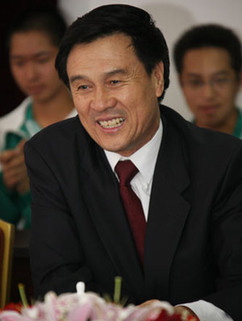 |
YANG JING Minister prepares to solve ethnic challenges China faces new challenges in managing ethnic affairs posed by rapid urbanization and social transformation, as more ethnic migrant workers head to cities for a better life. More than 12 million people from China's ethnic groups are now working in cities as migrant workers, which represents 10 percent of its total ethnic population. |
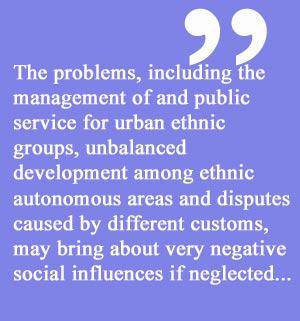 |
 |
LI YIZHONG Industrial sector 'will focus on quality' China dropped the GDP growth rate target in its 12th Five-Year Plan (2011-2015), the first time in the country's history of economic planning. The move, analysts said, reflects the government's intention to abandon the country's long-held development pattern, which is mainly driven by government investments and exports of low-end products. |
 |
|
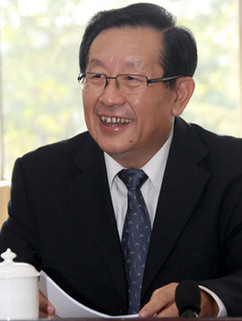 |
WAN GANG Plagiarism 'will not be tolerated' Wan acknowledged that an "abnormal phenomenon" - research frauds and academic plagiarism - has haunted the science and technology field, such as institutions of higher learning and research centers, which now have more than 2.3 million staff members. China has signed 104 science and technology cooperative agreements, including the China-European Union Science and Technology Partnership Agreement, with 97 countries. Climate change, energy and environmental protection are the priorities for cooperation. |
 |